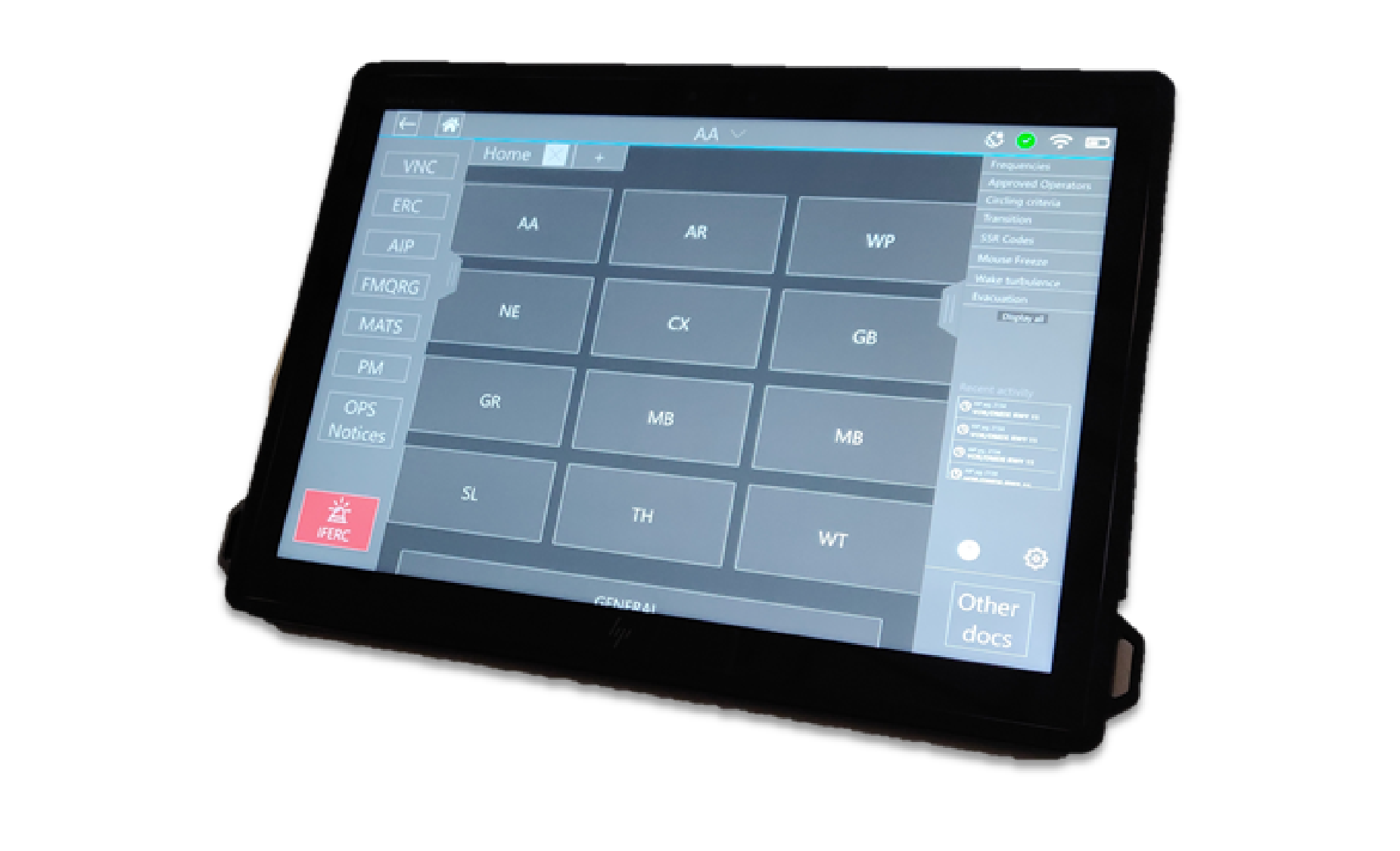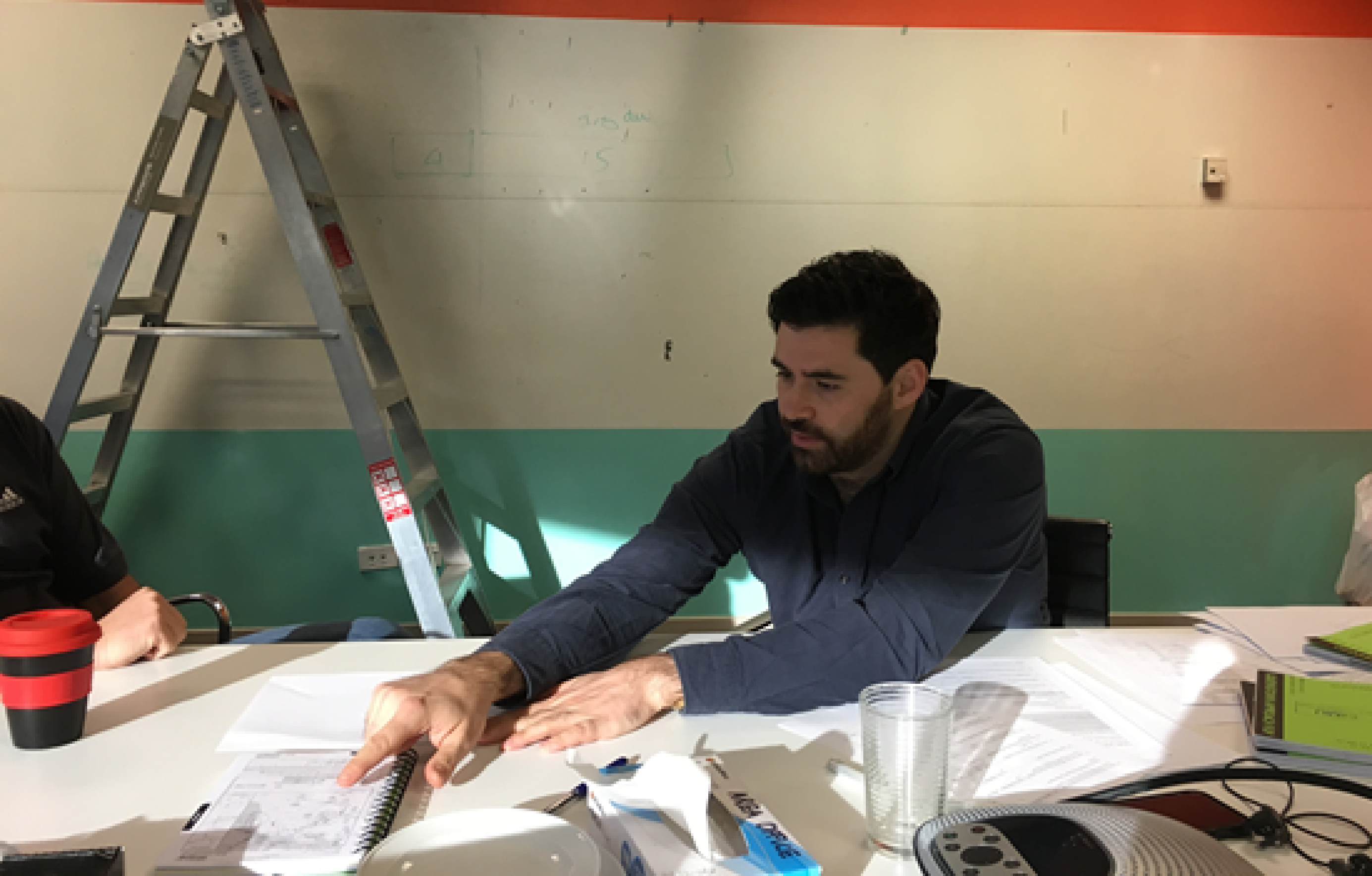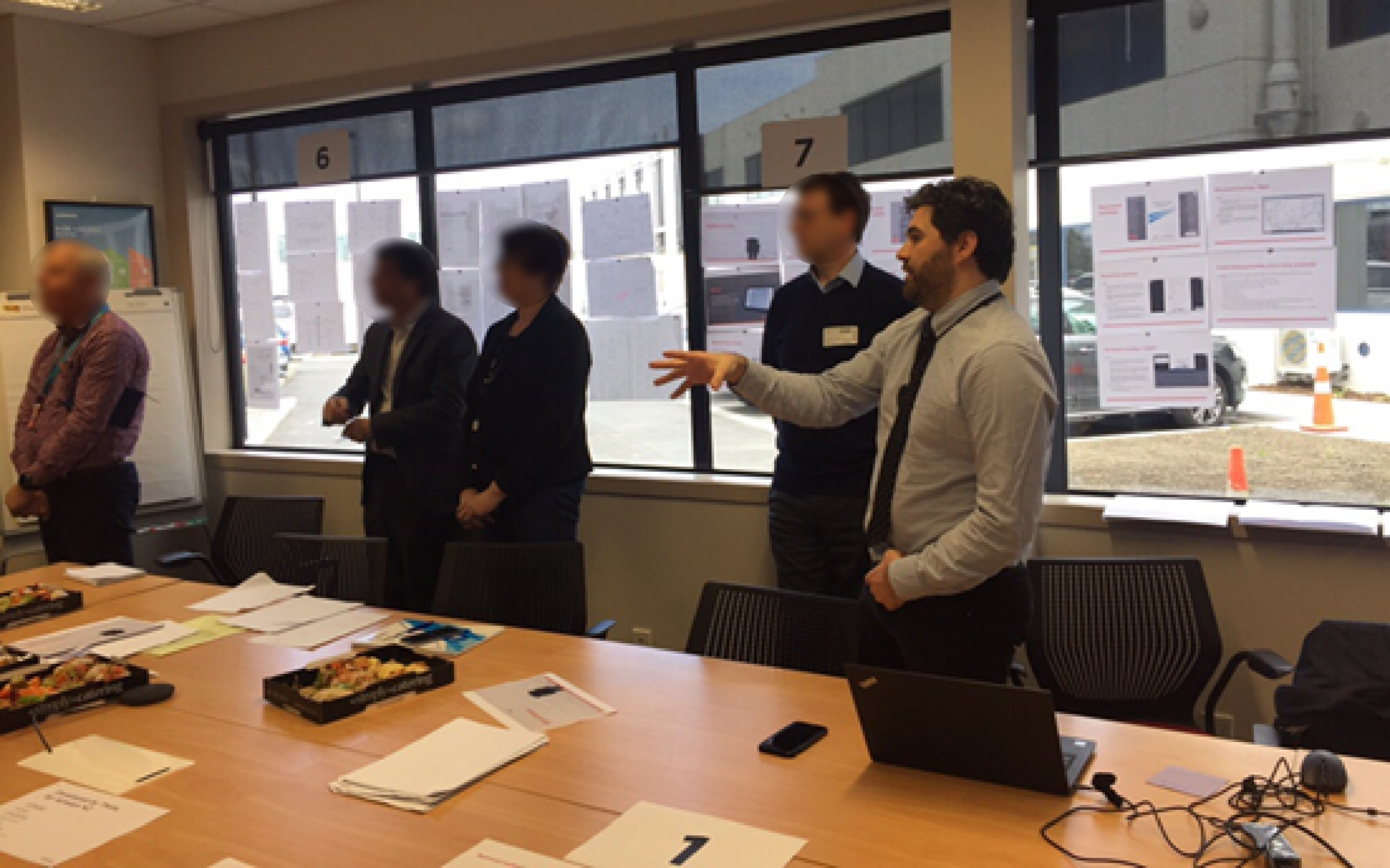Work
Air Traffic Controller Operational Tool UX Design
Private client of Theta - New Zealand
August – October 2019
The client engaged Theta to design a new operational application to be used by air traffic controllers throughout New Zealand.
The application needed to replace physical documentation including maps, charts, manuals, emergency process documents, bezel display information and notices that are used in the radar centres and eventually control towers.

Problem
Many documents were specific to each air traffic sector and aerodrome, often used collaboratively between controllers and other tools such as weather and radar screens to assist aircraft. The end use environments is often low light and high pressure. The team worked to a tight 7 week deadline to deliver a formative design solution which would then be operationally tested by Airways regulatory approval teams before rollout.
My role
I was the Project Lead and UX Designer for the 7 week project that was part of the formative design process. The project team was made up of a Project Manager, Business Analyst and two subject matter experts (Air Traffic Controllers), a visual designer and myself.
Process

Research phase (2 weeks)
The project team conducted 26 interviews with Controllers who represented the 7 air traffic sectors in New Zealand and observational analysis inside the radar centres. They also reviewed previous concepts and conducted competitive design research.

Concept phase (2 weeks)
The team then created a user journey, and three low fidelity concepts for feedback and verification with a similar group of Controllers and project stakeholders in order to facilitate design/solution preference.
Usability testing and design (3 weeks)
Reviewing all feedback, an initial prototype was created and tested with Controllers using task cards, which I moderated. The outcome was then turned into a high fidelity design and prototype. We then presented the design to the operational and executive teams in a series of showcases.
 Deliverables
Deliverables
Phase 1 ( Research)
- Competitive design research report
- Observational analysis report
- Interview summary document
Phase 2 (Concepts)
- User journey document
- Concept prototypes – low fidelity (*3)
- User feedback summary /design recommendations
Phase 3 (Usability test and design)
- Medium fidelity prototype / information architecture
- Usability testing plan / summary documents
- Wireframe document
- High fidelity prototype
- Design report / design guidelines and assets
- Project showcase for internal stakeholders